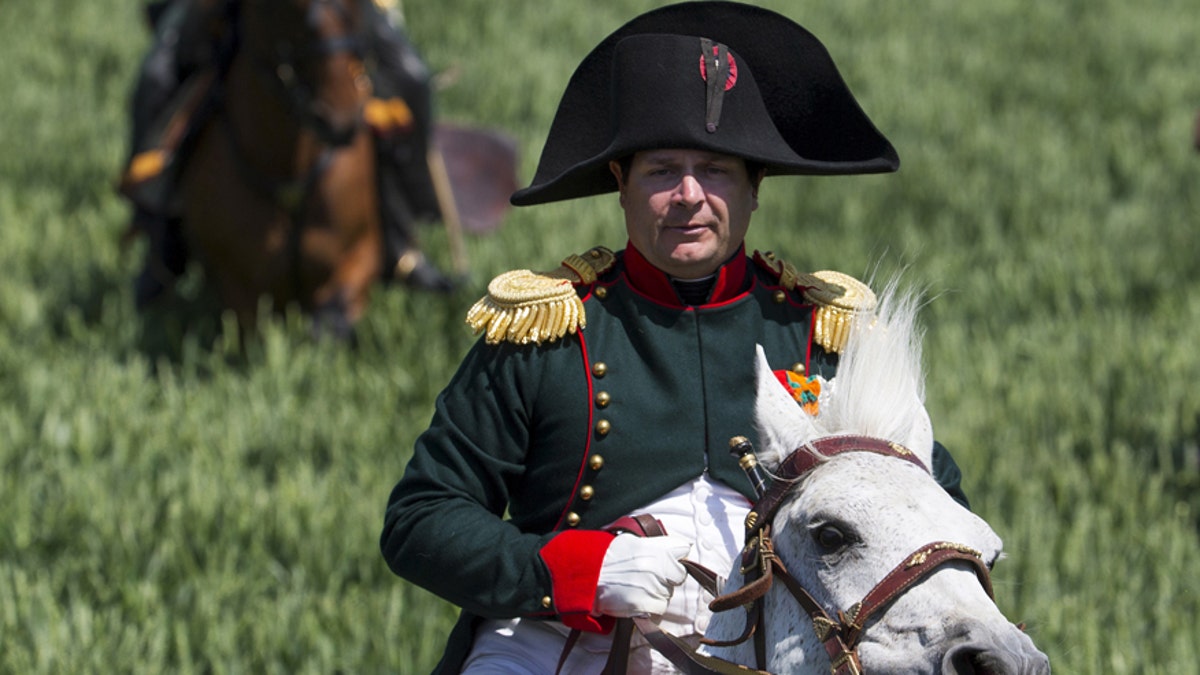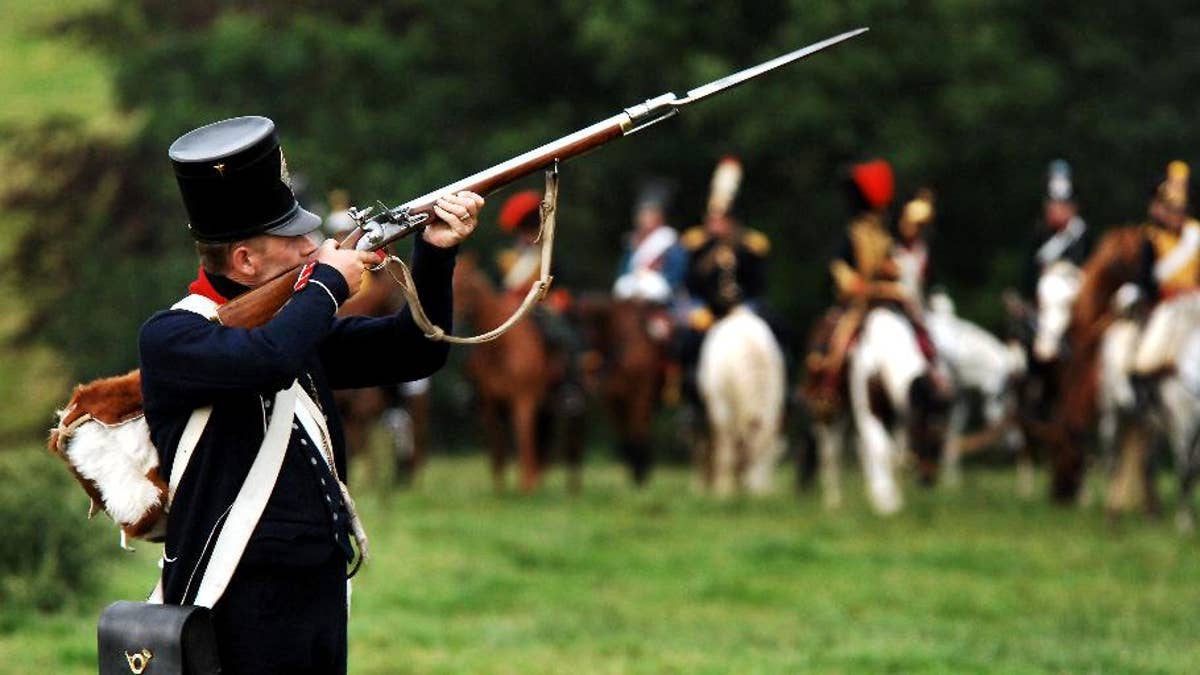Fox News Flash top headlines for July 25
Fox News Flash top headlines for July 25 are here. Check out what's clicking on Foxnews.com
Buttons from uniforms worn by soldiers in Napoleon’s army that invaded Russia have been uncovered in Lithuania.
The discoveries were made during an excavation at the site of the Great Synagogue of Vilna (Vilnius), which was razed during the Nazi occupation of Lithuania in World War II.
Experts from the Israel Antiquities Authority and Lithuanian conservation officials have been excavating the site every summer for the last four years, shedding new light on the city’s rich Jewish life before the Holocaust.
This week archaeologists announced the discovery of a Hebrew inscription, dated to 1796, that was part of a stone Torah reading table in the synagogue. The table was used to read the Torah to the synagogue’s congregation until the building’s burning and final destruction by the Soviets 70 years ago.
A host of other artifacts were also found at the site of the synagogue, which was constructed in the 17th century.

An artillery button of Napoleon's Grand Armee that was discovered in Lithuania. (Jon Seligman, Israel Antiquities Authority)
“Among the finds recovered during the excavation were a prayer book that survived the Holocaust, hundreds of coins from the 16th to 20th centuries and buttons of Napoleon's army, which passed through Vilnius on its way to defeat in Moscow in 1812,” explained the Israel Antiquities Authority, in a statement.
Napoleon’s gigantic “Grande Armee,” began its invasion of Russia on June 24, 1812. Estimates of the Army’s size range from 450,000 to 650,000 troops, according to History.com. The campaign quickly degenerated into a military disaster as retreating Russian forces employed a “scorched earth” policy that denied food and shelter to the invading army.
When Napoleon reached Moscow in September, the city, like others in his path, had already been set ablaze and the French army was forced to retreat as winter neared. Ravaged by battle, starvation, disease and the devastating Russian winter, there were only around 100,000 soldiers in Napoleon’s army when it left Russia in December 1812.
GRISLY AMPUTATED LIMBS, FRENCH HOWITZER SHELL, DISCOVERED AT BATTLE OF WATERLOO SITE

Frenchman Frank Samson takes part in the re-enactment of the battle of Ligny, as French Emperor Napoleon, during the bicentennial celebrations for the Battle of Waterloo, in Ligny, Belgium, June 14, 2015. (REUTERS/Yves Herman)
One of the key figures in European history, Napoleon remains a source of fascination. Last year an extremely rare ‘bicorne,’ or two-pointed hat, that was worn by the French leader at the Battle of Waterloo was sold at auction in France for $325,000.
Archaeologists recently uncovered amputated limbs from the site of a field hospital used in the Battle of Waterloo.
CLICK HERE TO GET THE FOX NEWS APP

Actors dressed as soldiers re-enact the Battle of Waterloo in Braine-l'Alleud, near Waterloo, Belgium. (AP File)
In a separate project, the first complete Battle of Waterloo skeleton was identified in 2015 as a German soldier.
Follow James Rogers on Twitter @jamesjrogers

